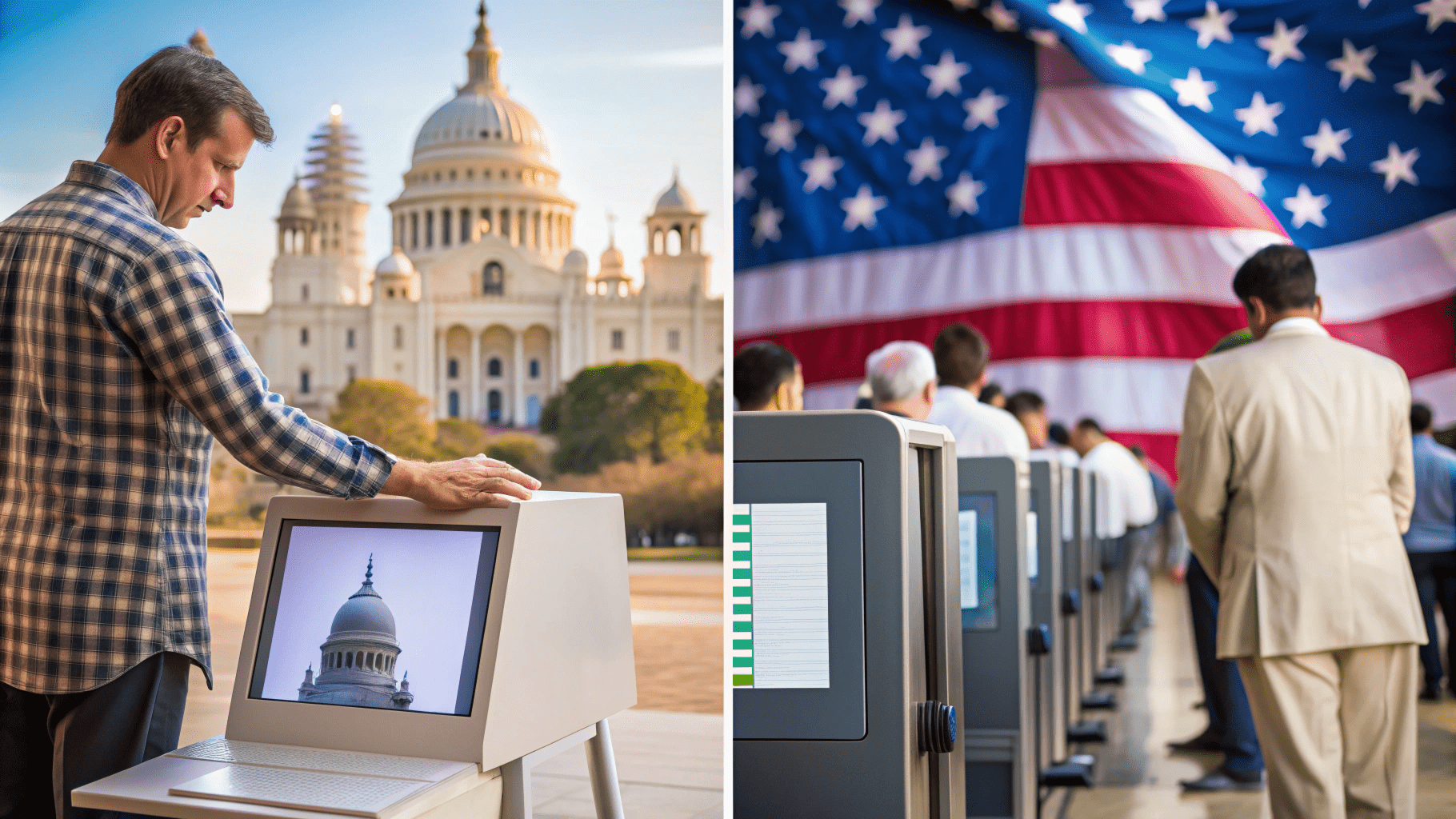In the rapidly evolving landscape of technology and democracy, online voting services have emerged as a compelling solution to enhance electoral accessibility and participation. However, both India and the United States have taken cautious approaches toward adopting online voting, facing a myriad of challenges and considerations. Here, we delve into the current status, legal frameworks, security concerns, technological infrastructure, and public acceptance of online voting services in these two diverse democracies.

Current Status of Online Voting
India:As of the latest updates, India has yet to implement online voting services for general elections on a large scale. While the Election Commission of India (ECI) has investigated the feasibility of electronic voting, including online options, these methods have not been broadly adopted. The primary focus remains on traditional voting methods, with electronic voting machines (EVMs) used extensively in polling stations.
United States:In the US, online voting is not widely used for federal elections. Some states do offer limited forms of electronic voting, particularly for overseas and military voters. However, the general public does not have access to online voting due to concerns over security and logistical challenges. The US remains cautious, opting to rely on traditional voting methods and mail-in ballots.
Legal and Regulatory Framework
India:To implement online voting in India, significant updates to the existing legal framework would be required. This includes legislation to address crucial issues such as voter authentication, privacy, security, and accessibility. The current legal and regulatory structures are designed around traditional voting systems and would need substantial modifications to support online voting.
United States:In the US, online voting faces complex legal and regulatory challenges. Federal and state laws would need comprehensive revisions to address concerns related to security, privacy, and the overall integrity of the electoral process. The existing legal framework is primarily geared towards traditional voting methods, posing an additional hurdle to the widespread adoption of online voting.
Security and Trust
India:The introduction of online voting in India would necessitate rigorous measures to address cybersecurity concerns, data privacy, and voter authentication. Ensuring the security and integrity of online voting systems is crucial for building trust among voters and stakeholders. Measures to prevent fraud and manipulation would be essential to safeguard the electoral process.
United States:Security remains a major obstacle to the adoption of online voting in the US. Experts highlight the risks of cyberattacks, hacking, and tampering with electronic voting systems. These security concerns could potentially undermine the credibility and legitimacy of election results, making it a critical issue that needs to be addressed before any widespread implementation.
Technological Infrastructure
India:Implementing online voting in India would require significant investment in technological infrastructure. This includes developing secure online platforms, robust voter authentication mechanisms, encryption protocols, and comprehensive audit trails to ensure the confidentiality and integrity of votes. The technological leap needed to support a secure and reliable online voting system is substantial.
United States:Similar to India, the US would need to build a robust technological infrastructure to support online voting. This infrastructure must be designed to withstand cyber threats and ensure the accuracy and transparency of the electoral process. Investments in secure electronic voting systems and protective measures are crucial for overcoming the challenges associated with online voting.
Public Acceptance and Education
India:The successful introduction of online voting in India would require extensive public education and awareness campaigns. Voters would need to be familiarized with the new process, with efforts made to address concerns about security, reliability, and trust in electronic voting systems. Building public confidence is key to the adoption of online voting.
United States:In the US, public acceptance of online voting may vary based on trust in technology, perceptions of security and privacy, and confidence in electoral institutions. Education and outreach efforts would be necessary to foster understanding and trust in online voting systems. Addressing public concerns and demonstrating the reliability of online voting would be crucial steps in gaining acceptance.
Conclusion
Both India and the United States are exploring the potential benefits of online voting to enhance electoral accessibility and participation. However, widespread adoption faces significant hurdles related to security, technology, legal frameworks, and public trust. As technology continues to advance, addressing these challenges will be essential to realizing the full potential of online voting and ensuring that it serves as a secure, reliable, and accessible method for democratic participation.
